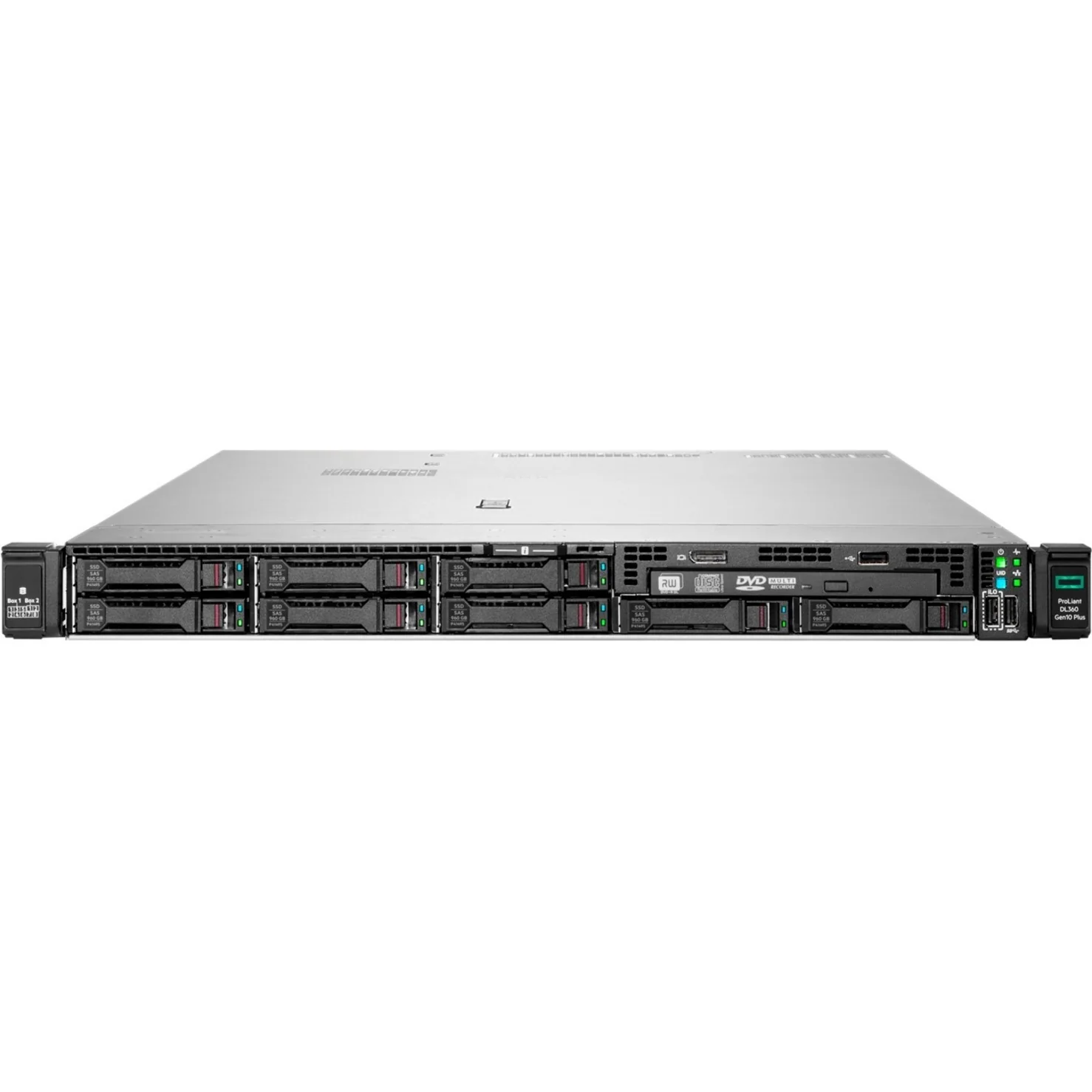mémoire ddr5 pour serveurs de base de données
La mémoire DDR5 pour serveurs de bases de données représente une avancée significative dans la technologie des centres de données, offrant des performances et une efficacité sans précédent pour les opérations modernes de bases de données. Cette norme de mémoire de nouvelle génération assure des taux de transfert de données plus rapides, atteignant jusqu'à 6400 MT/s, soit le double de la vitesse de sa prédécesseur DDR4. L'architecture intègre des capacités améliorées de correction d'erreurs grâce à l'ECC (Error Correction Code) intégré au die, garantissant l'intégrité des données et la fiabilité du système. Avec une tension réduite à 1,1 V contre 1,2 V pour la DDR4, les modules de mémoire DDR5 atteignent une meilleure efficacité énergétique tout en maintenant des niveaux de performance plus élevés. La technologie propose une architecture de canal améliorée, chaque barrette DIMM prenant en charge deux canaux indépendants de 32 bits, doublant efficacement la bande passante mémoire disponible pour les opérations de base de données. Cette avancée est particulièrement cruciale pour gérer les charges de travail de grandes bases de données, l'analyse en temps réel et les applications de calcul haute performance. La mémoire inclut également des circuits intégrés de gestion d'énergie (PMIC) qui optimisent la distribution et la régulation de l'énergie, assurant ainsi une opération plus stable et une réduction de la complexité système. Ces caractéristiques font de la mémoire DDR5 un composant essentiel pour les serveurs de bases de données modernes, permettant un traitement des requêtes plus rapide, des capacités multitâches améliorées et des performances globales supérieures.


